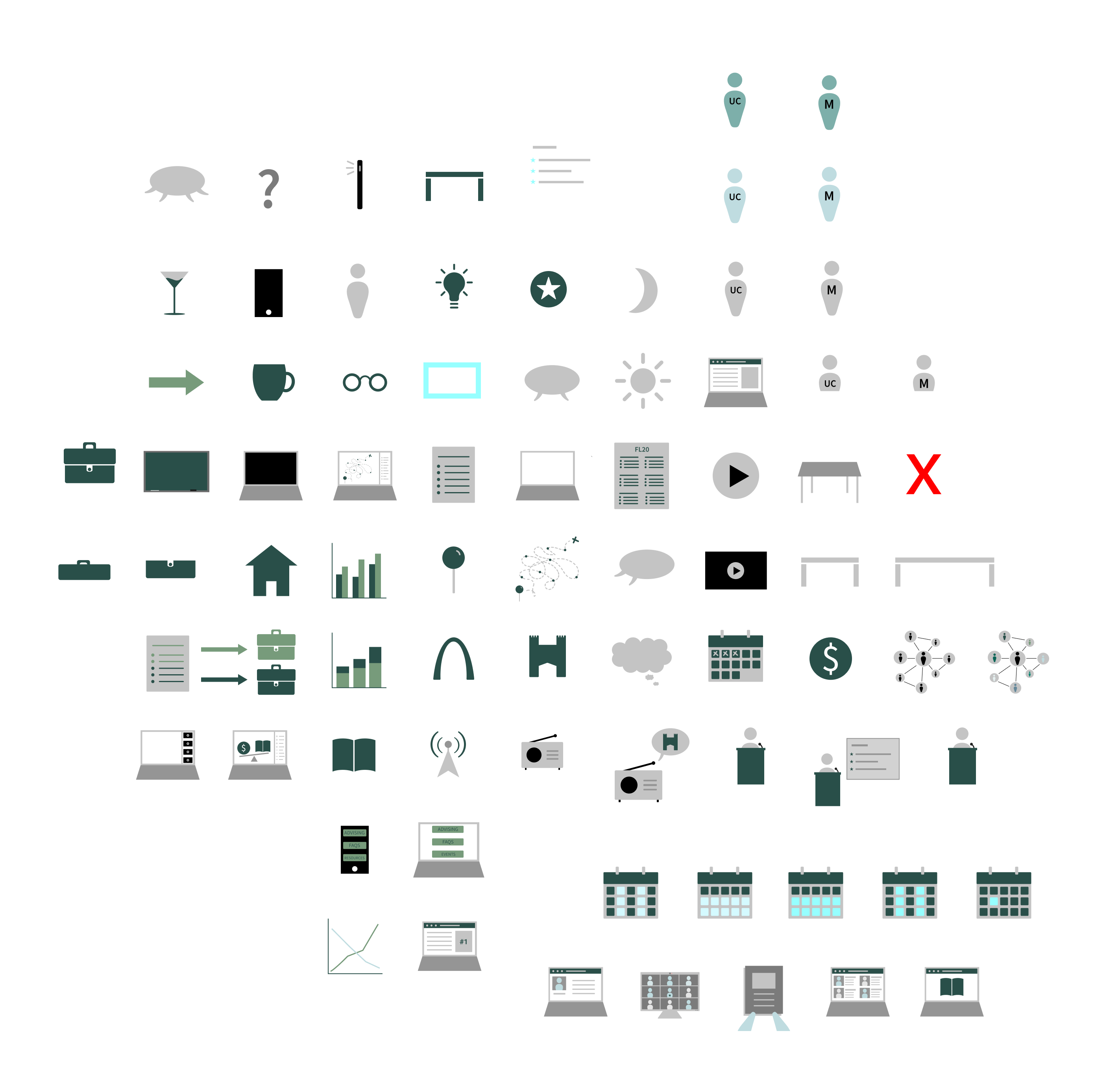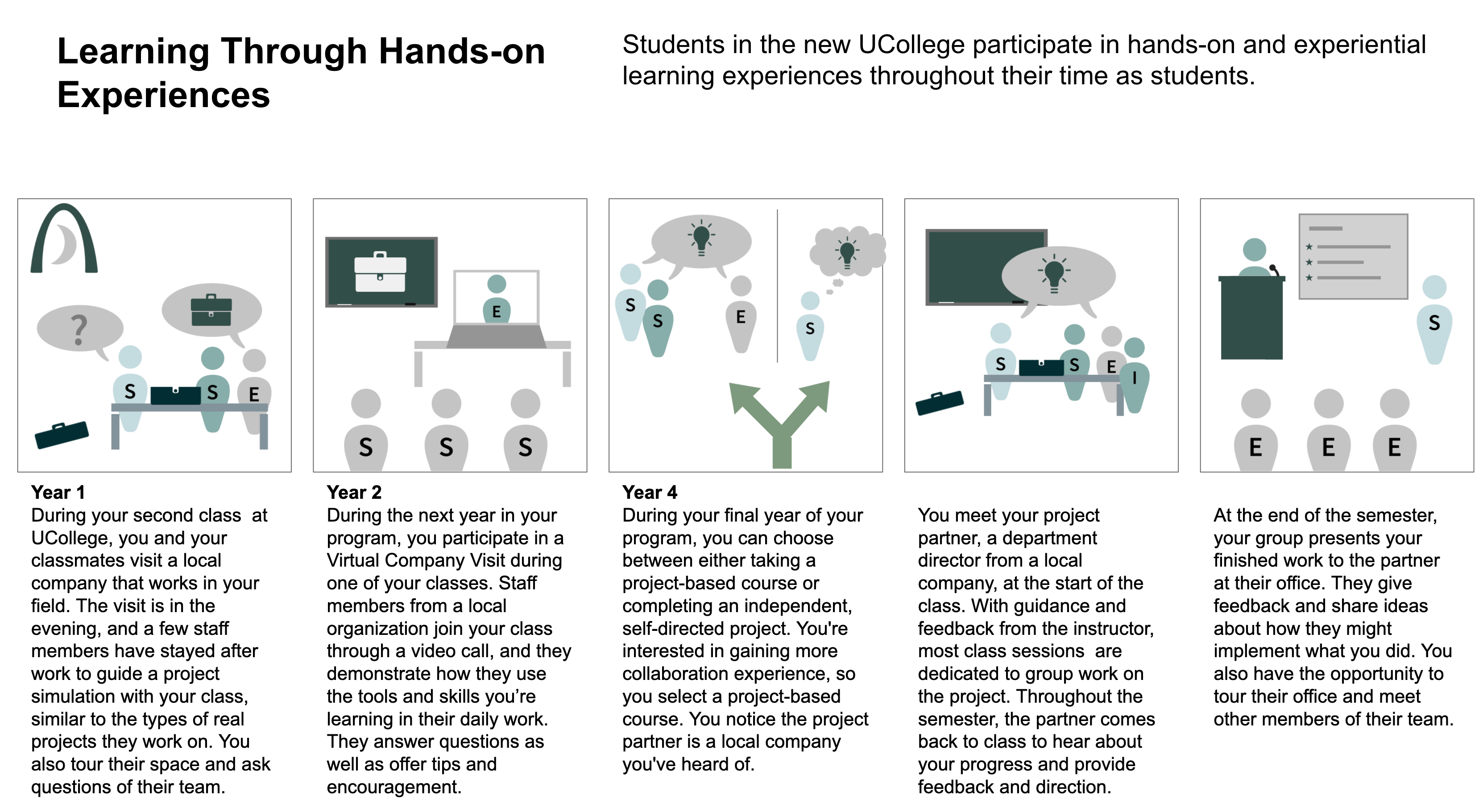Marketing
Like any human-centered design project, interviews were a crucial step in our process; it allowed us to recognize the perspectives of various stakeholders in the project. To recruit patients for our interviews, we designed and ran advertisements across Facebook. I focused heavily on creating inclusive designs that would compel people from all socioeconomic backgrounds, ethnicities, genders, and ages. The goal was to recruit a breadth of participants to help us in understanding the scope of the problem more accurately. More specifically, we were looking focus on adults who are advancing and switching in their careers. As someone with little experience in web advertisements, it was an exciting challenge to create meaningful media for Facebook, a platform used by millions!
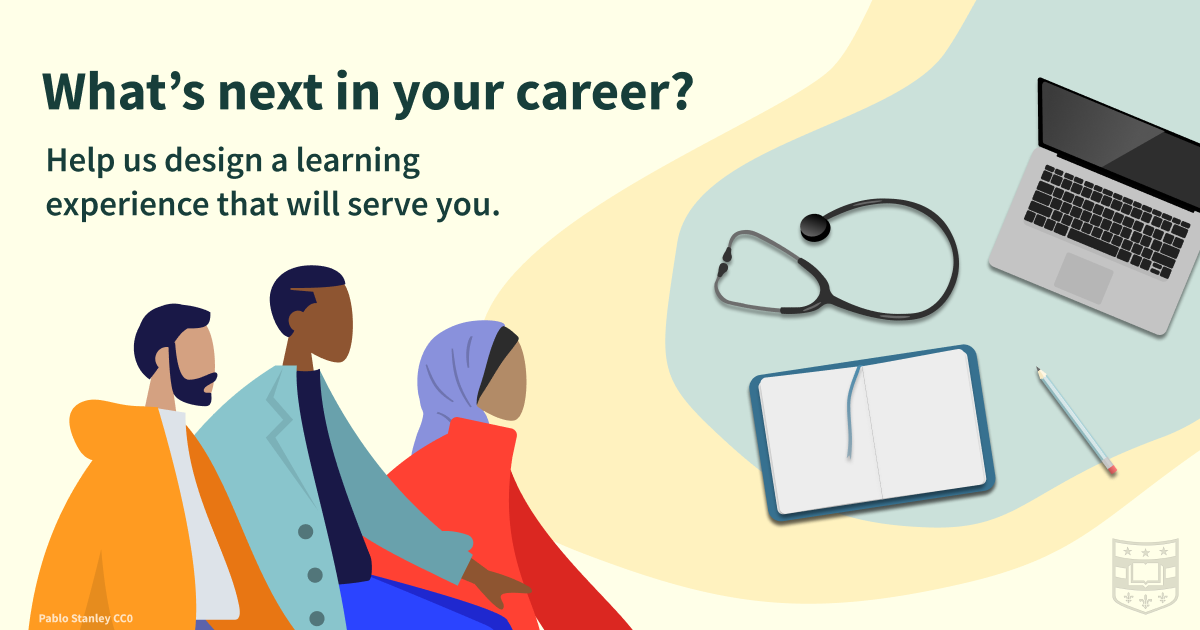
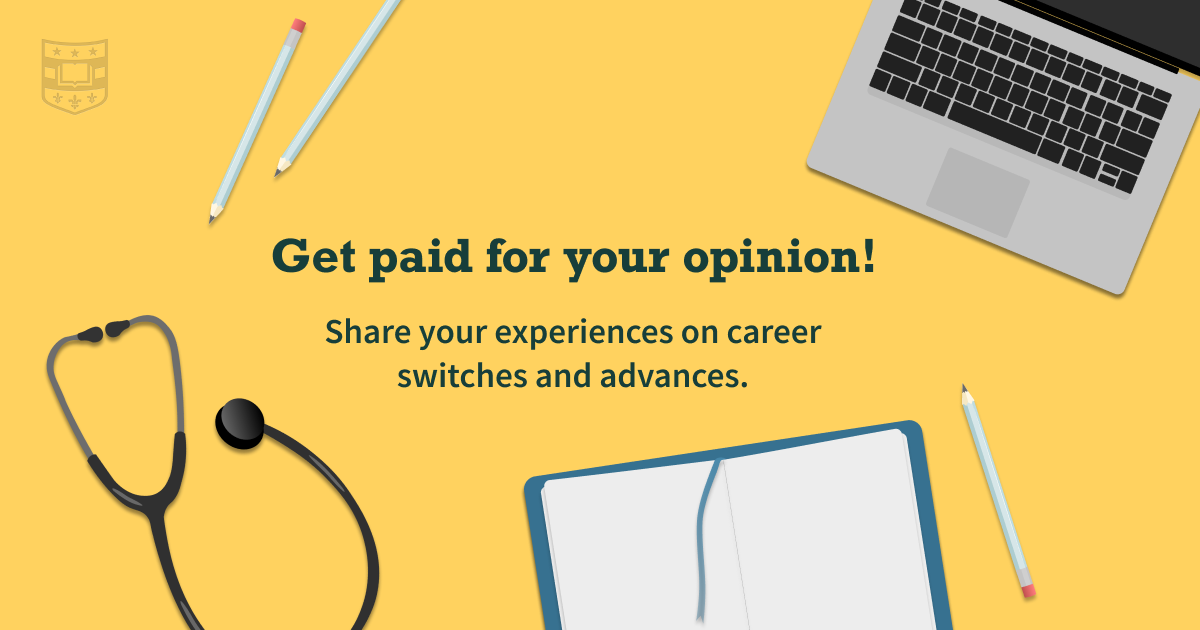
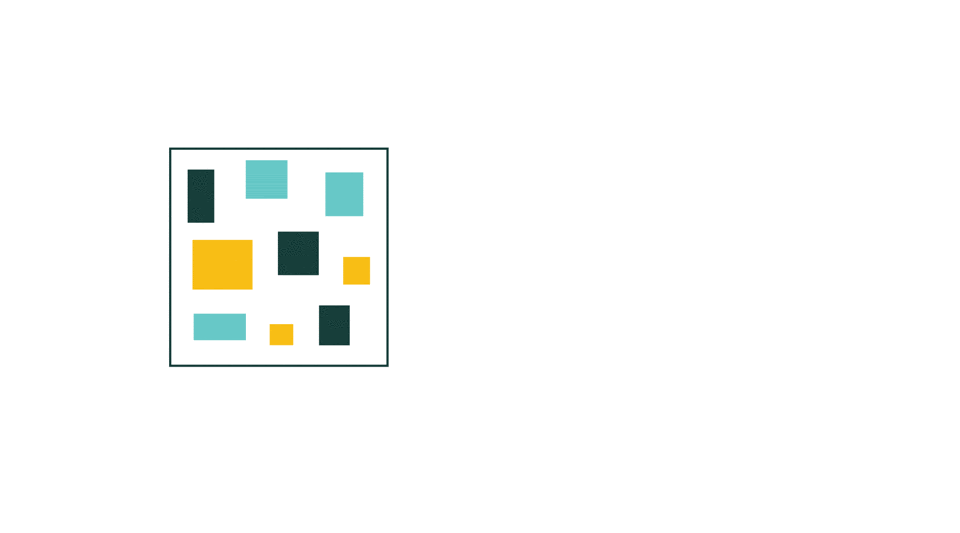
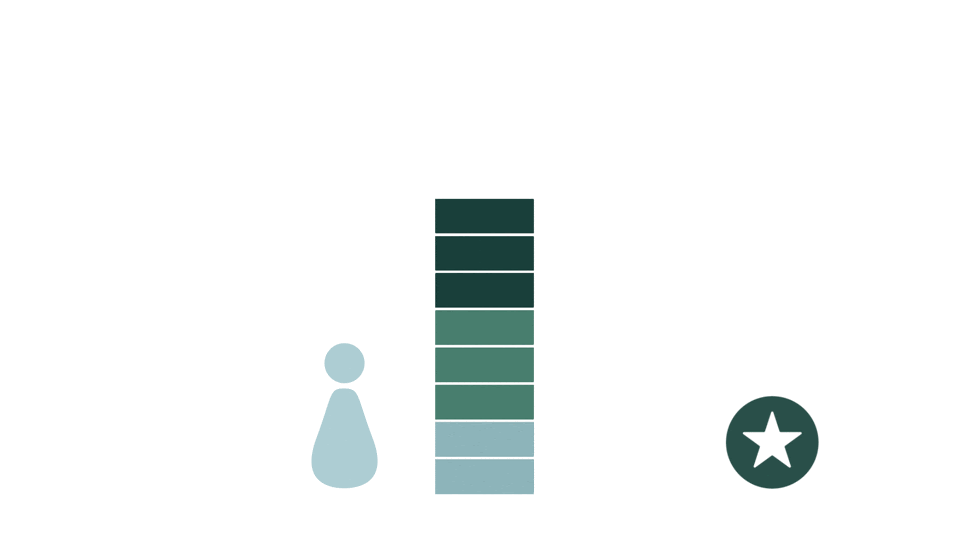

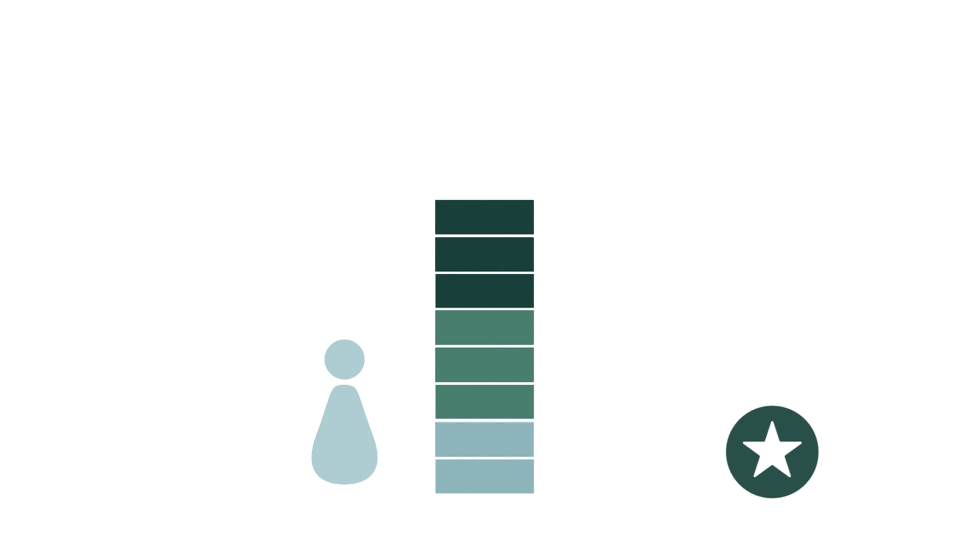
.png)
